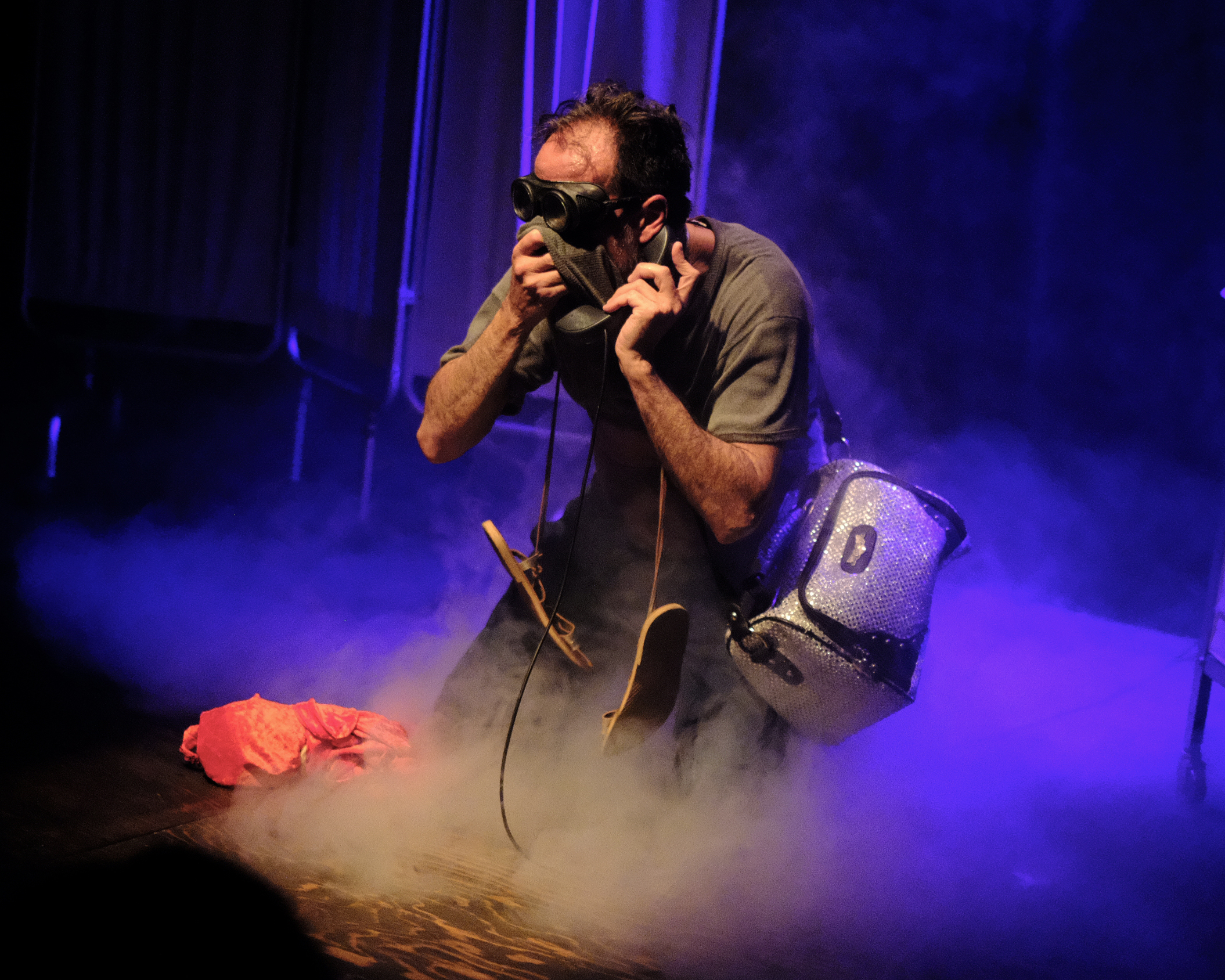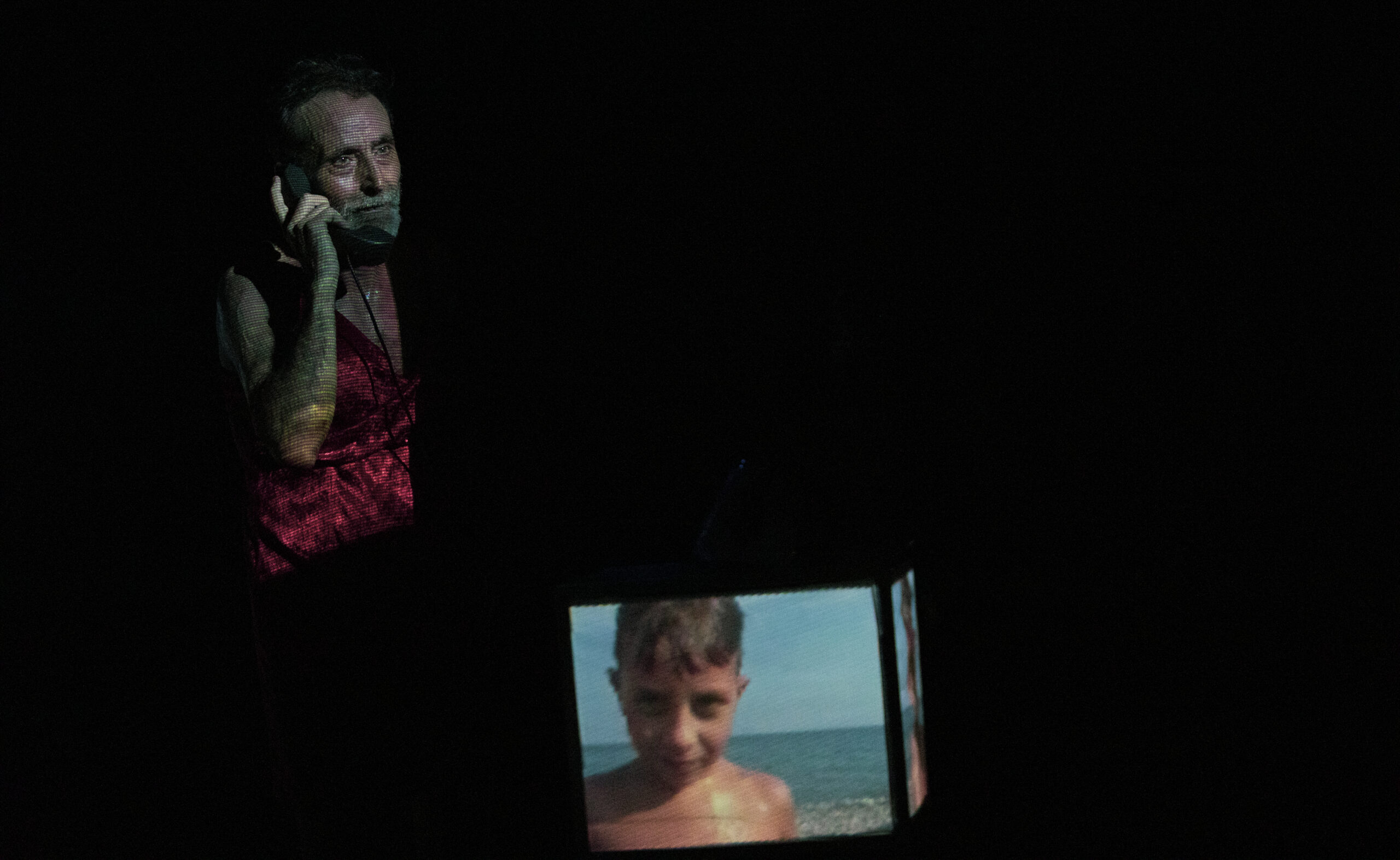Il Vespro della Beata Vergine
Un padre è venuto a riprendersi il corpo del figlio, morto suicida nelle acque dell’Idroscalo. Nell’attesa che l’autopsia si compia egli rievoca, nell’oscurità di un obitorio, come, nel corso di una tumultuosa telefonata notturna, abbia aiutato – nell’apparenza di assecondarne la follia – quel figlio nell’affrontare e superare gli ostacoli e le trappole del trapasso. Un’estrema decisione genera un’intesa fatale in un linguaggio estremo: capace cioè di sciogliere i nodi di un’esistenza “drammatica” densa di casi arruffati, di accidenti.
Il Vespro della Beata Vergine è la storia di un viaggio: uin viaggio “da fermo”, un percorso onirico tra la terra dei vivi e quella dei morti effettuato nell’illusione del ricordo, dimensione in cui cose, azioni e parole si distorcono, acquistando l’evanescente aurea del Mito.
A father has come to collect the body of his son, who died by suicide in the waters of Idroscalo. While waiting for the autopsy to be completed, he recalls, in the darkness of a morgue, how, during a tumultuous night-time phone call, he helped – in the appearance of going along with his madness – his son to face and overcome the obstacles and traps of death. An extreme decision generates a fatal understanding in an extreme language: that is, able to untie the knots of a “dramatic” existence full of ruffled cases, of accidents.
“Il Vespro della Beata Vergine” is the story of a journey: a journey “from stillness”, a dreamlike journey between the land of the living and the land of the dead carried out in the illusion of memory, a dimension in which things, actions and words are distorted, acquiring the evanescent aura of Myth.

